Japanese herbs and vegetables
kiwiblossom
19 years ago
Related Stories

EDIBLE GARDENS8 Surefire Vegetables and Herbs for Beginning Gardeners
Learn the edible plants that are popular and easy to grow in a backyard or container garden
Full Story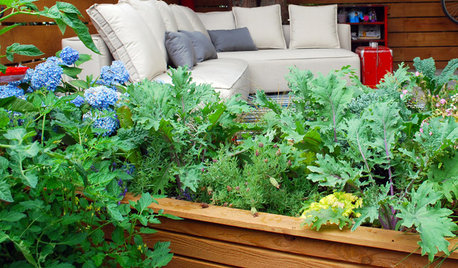
GARDENING GUIDESStep Right Outside for Fresh Herbs and Vegetables
Decks and patios can be convenient spots for edibles, and sometimes they even offer advantages over backyard gardens
Full Story
KITCHEN DESIGNKitchen of the Week: Rustic Space Opens to Herb and Vegetable Gardens
Well-chosen recycled and repurposed features create a North Carolina cottage kitchen with a distinctive look and personality
Full Story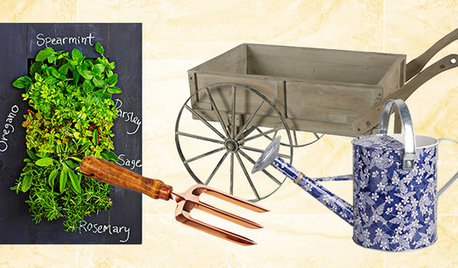
SHOP HOUZZShop Houzz: Up to 70% Off Vegetable and Herb Garden Essentials
Stock up on everything to plant a spring garden brimming with produce
Full Story0
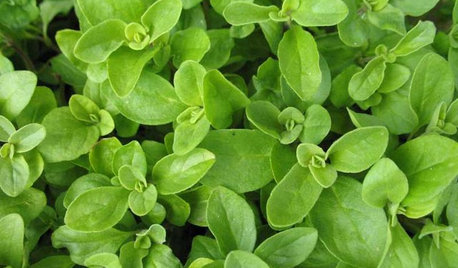
EDIBLE GARDENSHerb Garden Essentials: Grow Your Own Oregano and Marjoram
Say 'buon giorno' to classic Italian herbs you can grow just as easily in pots as in the summer garden
Full Story
SUMMER GARDENINGHow to Grow Basil
Bright color, quick growth and endless uses for cooking make this summer annual a winner in the garden or a pot
Full Story
EDIBLE GARDENSGarden BFFs? Why Your Vegetables Are Begging for Companion Plants
Foster friendships among plants for protection from pests, pollination support and color camaraderie
Full Story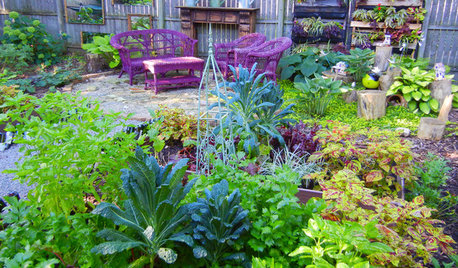
GARDENING GUIDESShades of Vegetable Gardens: Growing Edibles in Less Sun
See how one gardener produces a veritable feast of vegetables and herbs under a canopy of shade
Full Story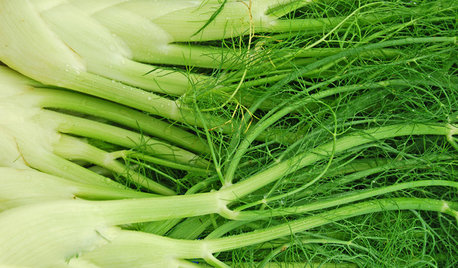
COOL-SEASON CROPSCool-Season Vegetables: How to Grow Fennel
Crunchy and highly flavorful, this herb loves a mild winter or a cool spring in the garden
Full Story0
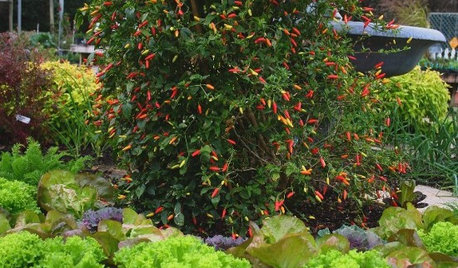
EDIBLE GARDENS6 Summer Edibles That Can Really Take the Heat
When garden temperatures soar, these herbs and vegetables rise to the challenge
Full Story





Shantihhh
meixue
Related Professionals
Norfolk Landscape Architects & Landscape Designers · Vernon Hills Landscape Architects & Landscape Designers · White Oak Landscape Architects & Landscape Designers · Brunswick Landscape Contractors · Cliffside Park Landscape Contractors · Columbine Landscape Contractors · Edwardsville Landscape Contractors · Fountain Valley Landscape Contractors · La Mirada Landscape Contractors · Mashpee Landscape Contractors · Norwalk Landscape Contractors · Wailuku Landscape Contractors · Dallas Roofing & Gutters · Minneapolis Roofing & Gutters · East Hill-Meridian Roofing & Guttersnpthaskell
kiwiblossomOriginal Author
ChouCream
RobertEire
Violet_Z6
ladyjenny
kiwiblossomOriginal Author
Equisetum
exop
Robinjw13
doubly
deebo82
denninmi
TedReverie
yukkuri_kame
TedReverie
yukkuri_kame